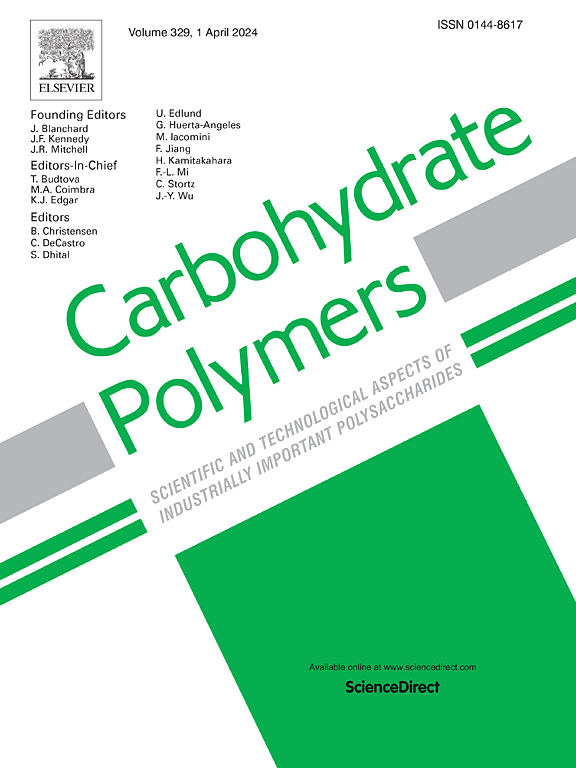Structural characterization of chelator-soluble and alkali-soluble pectins: Implications for juice quality
IF 10.7
1区 化学
Q1 CHEMISTRY, APPLIED
引用次数: 0
Abstract
Pectin is a critical structural component in fruit juices, influencing various juice quality attributes. The current study investigates the chelator-soluble pectin (CSP) and alkali-soluble pectin (ASP) extracted from different juices and their relation to juice quality. This study also explored the impact of high-pressure homogenization (HPH) on the structural characteristics of CSP and ASP. Results indicate that HPH processing induced structural changes in CSP and ASP, leading to a reduction in branched rhamnogalacturonan-I (RG-I) structures. Furthermore, HPH was found to decrease both the degree of methyl-esterification (DM) and acetylation (DA) of CSP, resulting in distinct distribution patterns of methyl esters. Regarding the influence of pectin structure on juice quality, more non-methyl-esterified galacturonic acid blocks in CSP may lead to increased aggregation in juice. Additionally, the side chain structure of CSP plays a significant role in determining the particle size of the juice, and a lower homogalacturonan to RG-I ratio in CSP may enhance physical stability.

螯合剂溶性和碱溶性果胶的结构表征:对果汁品质的影响
果胶是果汁中重要的结构成分,影响果汁的各种品质属性。研究了从不同果汁中提取的螯合可溶性果胶(CSP)和碱溶性果胶(ASP)及其与果汁品质的关系。本研究还探讨了高压均质(HPH)对CSP和ASP结构特性的影响。结果表明,HPH处理引起CSP和ASP的结构变化,导致支链鼠李糖半乳糖醛酸- i (RG-I)结构减少。此外,HPH降低了CSP的甲基酯化(DM)和乙酰化(DA)程度,导致甲酯的分布模式不同。关于果胶结构对果汁品质的影响,CSP中非甲基酯化半乳糖醛酸块的增加可能导致果汁中的聚集性增加。此外,CSP的侧链结构对果汁的粒径起着重要的决定作用,CSP中较低的均半乳糖酸与RG-I的比例可以提高果汁的物理稳定性。
本文章由计算机程序翻译,如有差异,请以英文原文为准。
求助全文
约1分钟内获得全文
求助全文
来源期刊

Carbohydrate Polymers
化学-高分子科学
CiteScore
22.40
自引率
8.00%
发文量
1286
审稿时长
47 days
期刊介绍:
Carbohydrate Polymers stands as a prominent journal in the glycoscience field, dedicated to exploring and harnessing the potential of polysaccharides with applications spanning bioenergy, bioplastics, biomaterials, biorefining, chemistry, drug delivery, food, health, nanotechnology, packaging, paper, pharmaceuticals, medicine, oil recovery, textiles, tissue engineering, wood, and various aspects of glycoscience.
The journal emphasizes the central role of well-characterized carbohydrate polymers, highlighting their significance as the primary focus rather than a peripheral topic. Each paper must prominently feature at least one named carbohydrate polymer, evident in both citation and title, with a commitment to innovative research that advances scientific knowledge.
 求助内容:
求助内容: 应助结果提醒方式:
应助结果提醒方式:


